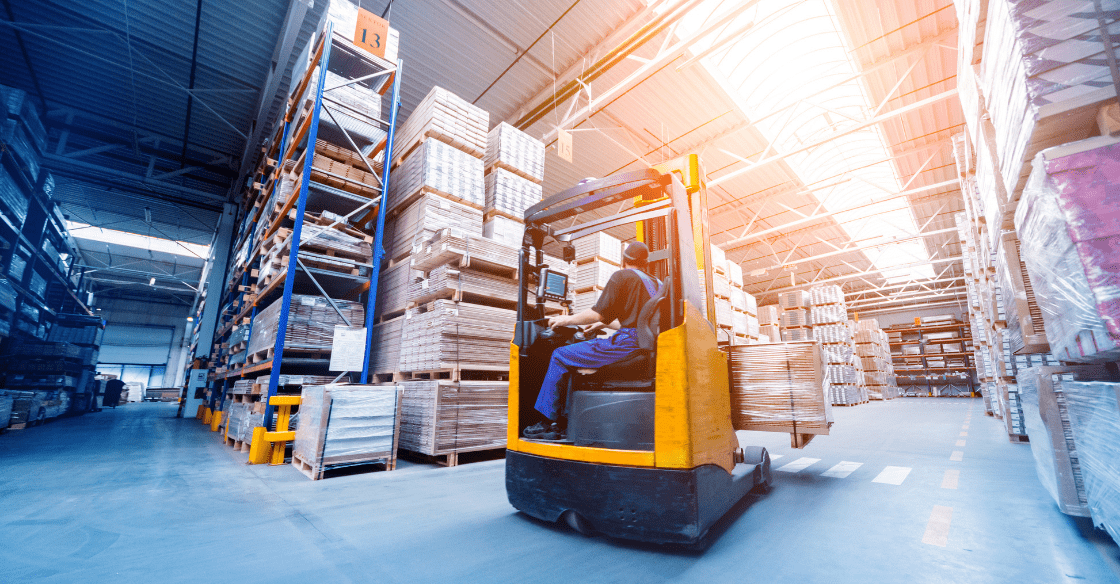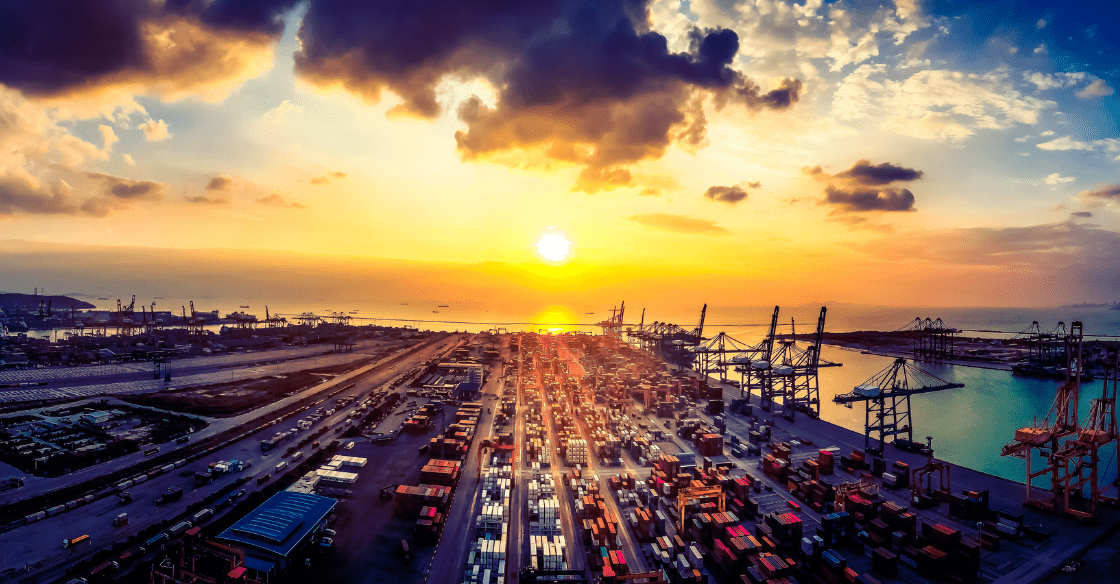Remember how long you had to wait for hand sanitizer and PPE to appear on store shelves? As consumers, we’ve witnessed first-hand the impact of COVID-19 on transport and logistics. Thanks to home deliveries, shortages, and shipping delays, global logistics have never been more visible than they are today.
Logistics’ value as a competitive advantage and driver of profit has been growing for years. Look no further than companies like Amazon and Walmart. Do they sell only the best quality products? Of course not, but the products they do sell are available to you, the consumer, when and where you need them. This speed and flexibility advantage give these companies market dominance.
But the road to dominating your market involves much more than selecting the right freight service. It’s time to expand what you thought logistics entailed. Read on, and you’ll see that global logistics is not just a method of moving products, but a way to enhance your customer’s experience.
Global Logistics Defined
Educational organization AIMs UK defines logistics as the « art and science of obtaining, producing, and distributing material and products in the proper place and the proper quantity. » How your company moves goods and presents its product to its customers feeds into your brand. But how do you tailor logistics to echo your most important marketing messages and promises?
Understanding the primary functions of logistics gets you started.

The Functions of Logistics
Transportation
The transportation function of logistics may include:
- Trucking
- Rail
- Water / Oversea Shipping
- Air
- Pipeline
Transportation is a vital component of logistics. Companies that only trade domestically can focus on only one or two modes of transport. Today, however, most firms must have overseas customers, suppliers, or both. With oceans and air involved, companies deal with multiple shipments over multiple carriers. Add to this chain is the fact that shipments often need a place to be stored in-between transportation modes.
Warehousing
Would it be nice if passenger travel did not require waiting? Unfortunately, today’s system always involves some downtime, and the same is true in the transport of goods. Unlike in passenger travel, there aren’t usually cargo carriers leaving every half hour for any given destination. Chances are, your products will require warehouse storage while in transit.
While warehousing is often seen as a necessary cost, smart companies can re-cast it as a competitive advantage. By storing the right inventory in central locations, companies create greater availability for their customers. How else could Amazon deliver so many packages within one or two days?
Warehousing allows for the remote storage of finished goods or individual components to create the customer’s best experience. Making product storage happen is no simple task, however. That’s why companies often look to an expert.
Third-Party Logistics Providers
Third-Party logistics providers (3PLs) act as your strategic partner in the management of logistics functions and warehousing. The best 3PLs leverage established, long-standing relationships with a network of transport and warehousing providers, all of whom share the 3PL’s knowledge of customs procedures and paperwork.
Without proper logistics management, companies often find themselves paying higher rates for slower service. As a result, they often have to hire more in-house personnel or risk delivering substandard customer service.
In essence, logistics companies act as the glue that brings together all other logistics functions. They help you keep promises to customers while keeping costs down.
Reverse Logistics
Just as customer service and business relationships have become more critical than ever, so has reverse logistics—the system that allows products to be sent from customers back to manufacturers. No longer only for retail, business customers now request a replacement for anything from the smallest bolt to the largest machine.
And the option to replace can make the difference between products bought and purchases delayed. By having an established, reliable reverse logistics system in place, customers can buy with the comfort of knowing return, replacement, or service is simple and hassle-free.

The Benefits of Global Logistics
By now, you may already have some ideas of how logistics management can benefit your organization. Consider these benefits to using a logistics provider as well:
Responding to Marketplace Changes
By holding the right inventory in strategically-placed warehouses, you can keep products on standby. Having products in reserve helps your company to react quickly when the market demands surge or change. Responding to a change or trend too late loses your profits and customers. In the time it takes you to pivot with your customer needs, a competitor can step in and service them. After all, larger companies often use their distribution channel as a way to muscle out smaller competitors. While you work to convince your customer to buy the ‘right’ product, they’re busy selling them one that works for ‘right now.’ But you can fight back, not only by managing inventory but also by controlling costs.
Minimizing Inventory expenses
With an optimized global logistics chain, you may find you have less need to carry extra inventory to handle market changes. Once assured your product can get to your customer quickly, you can optimize production so that you’re producing the right amount at any given time, minimizing warehousing costs.
Before sophisticated global logistics, companies shipping overseas had two choices. They could overproduce and put their product everywhere possible to hopefully handle forecasted demand. Or they could underproduce and force their customers to endure long lead times.
With the combination of a 3PL’s expertise and today’s sophisticated tracking systems, companies can produce at optimum levels to minimize cost and service their markets at the same time. And as mentioned, a 3PL can optimize the flow of goods through customs by processing paperwork while international shipments are en route, rather than once they’ve arrived in port.
Consolidating Shipments
As customers, we’ve come to expect not only the smooth delivery of goods but also minimal shipping expense. Without knowing it, we often reap the benefits of shipment consolidation.
We can receive products from all around the world at relatively low costs because, behind the scenes, a logistics expert thought to combine our shipment with someone else’s. Your customers would likely never want to pay for the cost of an entire trans-ocean shipping container if they were only using part of it. A skilled provider of logistics services can help you find shared space in the right transport mode for your needs. As a result, you and your customer pay for only the shipping space you use.
Global Logistics: Deliver on Promises by Delivering on Product
If your firm has outgrown its current logistics infrastructure, it’s time to consider a 3PL. Even if your business is stable, there’s no harm in talking to an expert to see how you can do better. You may even find your company’s path to market dominance.
HLOGCAM offers logistics solutions for a variety of industries. Contact us today to deliver on your company’s future!


